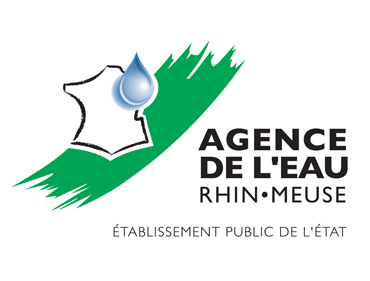
MICROBIEAU
Zebra mussel as an indicator of microbiological contamination of water bodies
-

Using an active biomonitoring strategy, the MicrobiEAU project aims to assess microbiological quality and the associated risks.
The importance of the ecosystem services (biodiversity, drinking water purification, leisure activities, etc.) provided by natural water bodies, and the increasingly strategic focus on the reuse of water, are leading to high societal expectations for maintaining or restoring their quality. Despite the technical and scientific advances, characterising the state of aquatic environments remains complex. Not only by multiple chemical and biological discharges, but also subject to physico-chemical and hydrological pressures that modify the spatial and temporal configuration of contamination, making it difficult to reliably monitor their quality based on measurements in the water. This is particularly true in a context of global change.
Among the biological pressures, numerous bacterial, viral and protozoan pathogens, mainly resulting from human and animal faecal contamination (livestock or wildlife), pose a threat to humans in all forms of use of water bodies. Chemical pressures (nitrogen and phosphorus), combined with climatic conditions, can also encourage the development of toxin-producing cyanobacteria, representing another family of biological contaminants to be taken into consideration.
The dangers to human health posed by these water-borne biological contaminants remain poorly understood and present particular challenges for the authorities responsible for maintaining the quality of surface waters used for recreation and as sources of drinking water.
It is therefore necessary to take better account of the biological pressure on bodies of water, and this is the aim of the MicrobiEAU project. The usual approaches for detecting biological pressure in water are limited (matrix variability, spot sampling, etc.) and lead to results with significant spatio-temporal variations. This last point represents a real technical challenge in terms of the matrix used, but also a scientific challenge in terms of understanding the behaviour/fate of these pathogens in hydrosystems. To meet these expectations, we used the bioaccumulation capacity of the zebra mussel, via its filtration activities, to measure and analyse various biological targets in a variety of water bodies in the Grand-Est region. Using an active biomonitoring strategy, the MicrobiEAU project has made it possible to assess microbiological quality and the associated risks.

